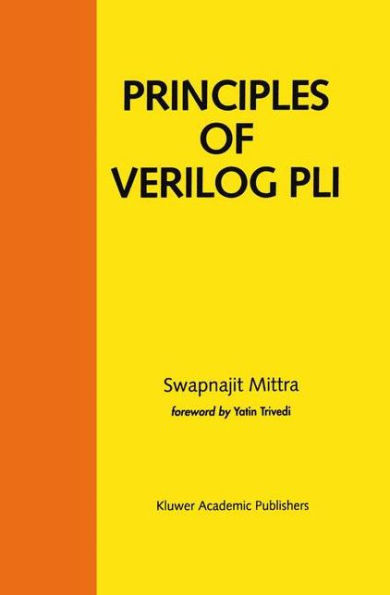5
1
9780792384779


Principles of Verilog PLI / Edition 1 available in Hardcover

Principles of Verilog PLI / Edition 1
- ISBN-10:
- 0792384776
- ISBN-13:
- 9780792384779
- Pub. Date:
- 03/31/1999
- Publisher:
- Springer US
- ISBN-10:
- 0792384776
- ISBN-13:
- 9780792384779
- Pub. Date:
- 03/31/1999
- Publisher:
- Springer US
169.99
In Stock

Product Details
| ISBN-13: | 9780792384779 |
|---|---|
| Publisher: | Springer US |
| Publication date: | 03/31/1999 |
| Edition description: | 1999 |
| Pages: | 372 |
| Product dimensions: | 6.10(w) x 9.25(h) x 0.36(d) |
From the B&N Reads Blog
